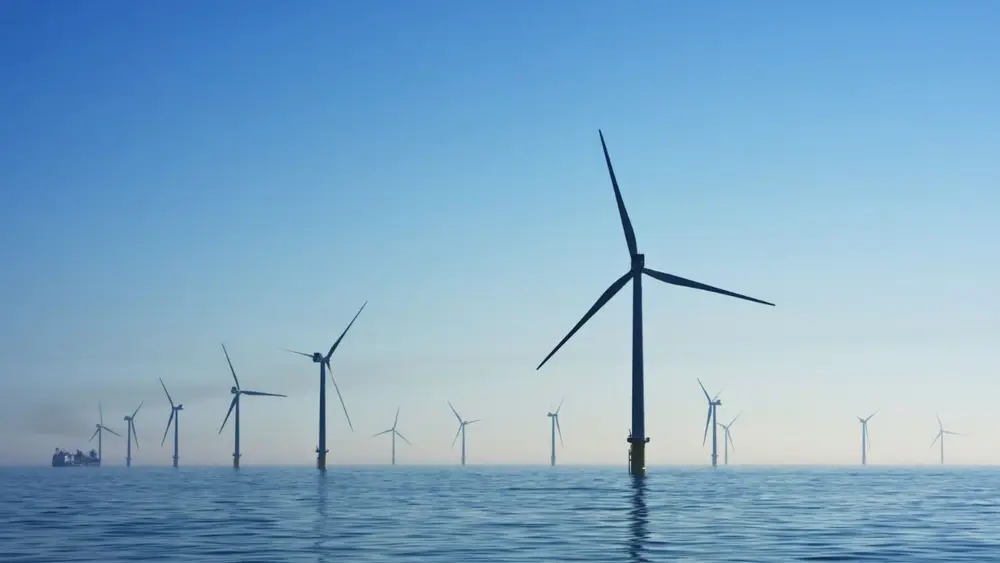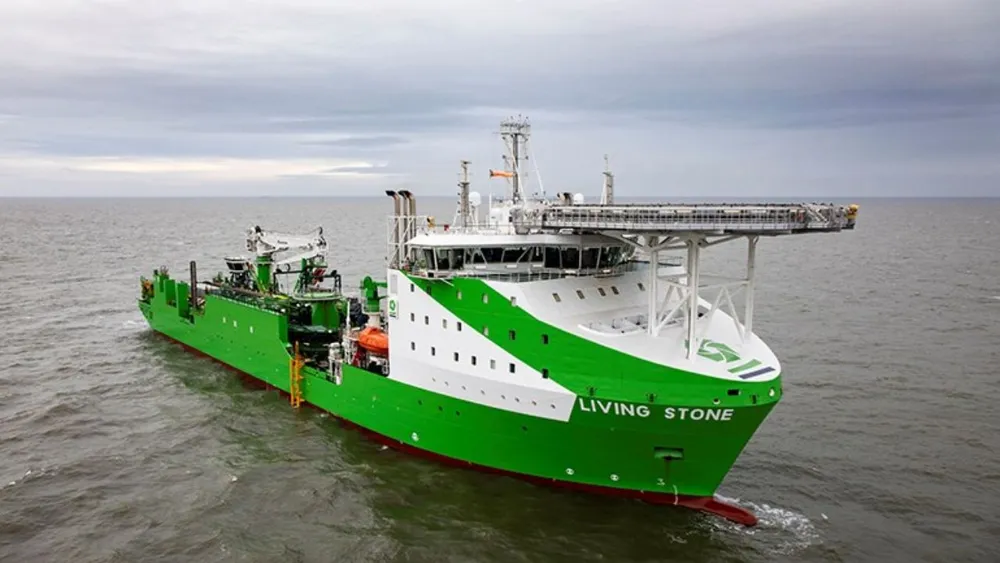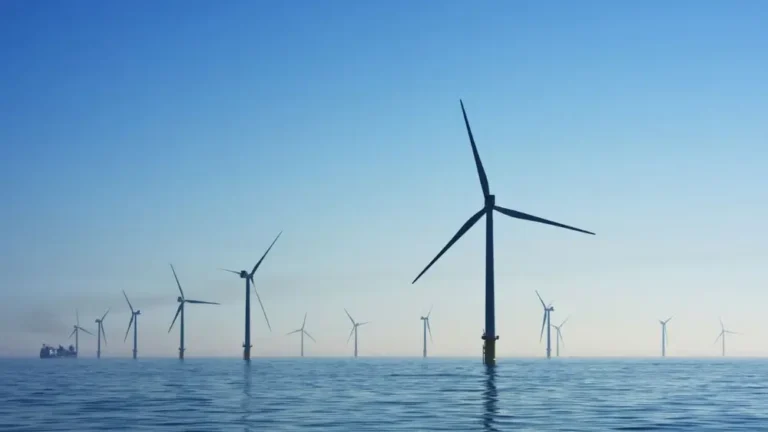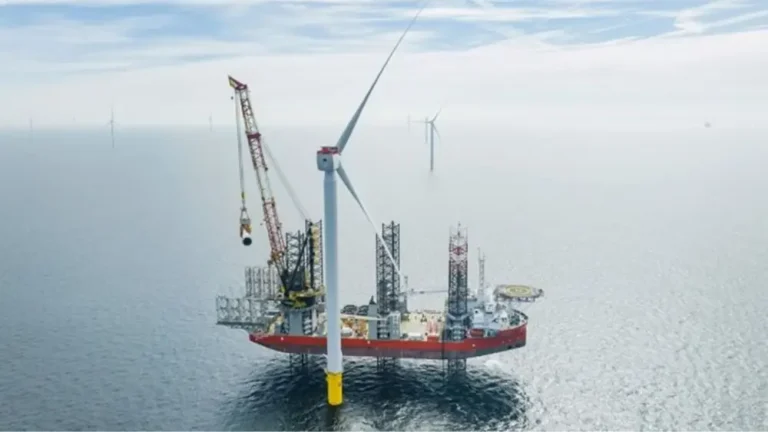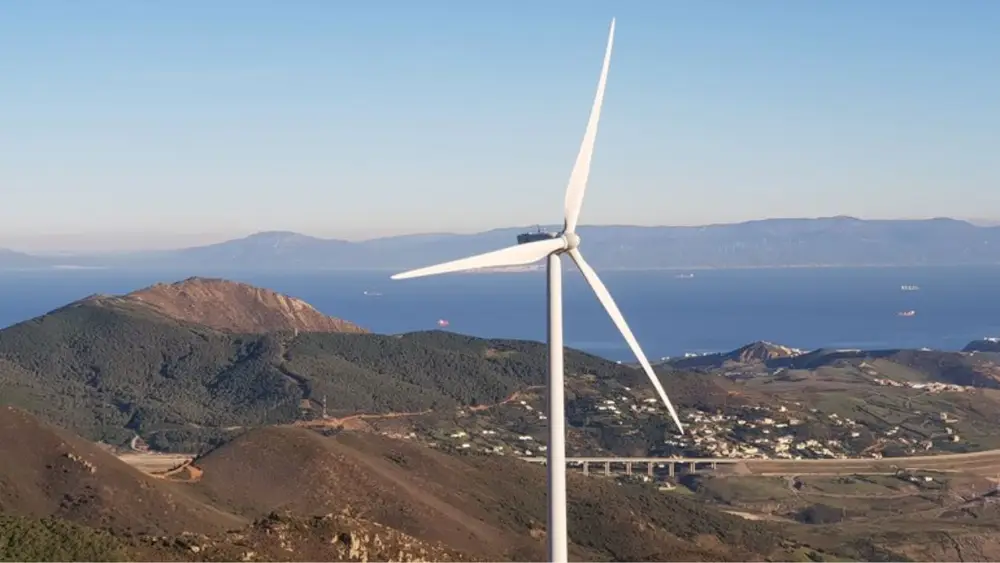
- EBRD to provide $200M for Egypt’s 1.1GW wind project.
- The project is being developed by Suez Wind Energy, in the Gulf of Suez with a total investment of $1bn.
- Consortium consists of ACWA Power and Hassan Allam Utilities Energy.
- Bird migration impact studies, which include safety measures, will be adopted.
The European Bank of Reconstruction and Development (EBRD) is set to provide a US$200 million loan to finance a massive wind energy project in Egypt. Therefore, the proposed 1.1 GW facility is promoted by the special purpose entity Suez Wind Energy SAE for this project.
Also read: Cadeler Wins Contract for East Anglia 2 Wind Farm
The investment of $1bn in the project is aimed at enhancing the renewable energy capacities of Egypt while at the same time adhering to very tight guidelines on the environmental part of the project, considering the sensitivity of the region.
The type of financing EBRD is contemplating in this regard would be project finance senior debt tied to Suez Wind Energy SAE. This company was formed for the purpose of constructing and operating the wind farm, and the sponsoring firms behind this venture are the most recognizable consortium of firms.
The sponsors are experienced developers of power generation and renewable water and hydrogen projects (ACWA Power), while Hassan Allam Utilities Energy is rather a new player within the segment. HAU Energy will thus be supported by a 45% share from Meridiam and 30% by HAU, while EBRD will take over the residual 25% share within the project site.
However, the site itself creates challenges just by virtue of being of ecological importance. The Gulf of Suez lies along an internationally designated bird migration route across the Rift Valley near the Red Sea, and it experiences seasonal migrations of 13 species of birds that could potentially collide with wind turbines.
Other challenges arise through other operational wind farms and transmission lines in the immediate region that increase the threat to birds.
Also read: Are Solar Panels Worth the Investment?
The southern plot of the project falls within the Gebel El Zeit Important Bird Area (IBA), which further classifies them under EBRD’s Environmental and Social (E&S) Policy as Critical Habitat (CH). Under the E&S Policy, developments in such areas have to meet stringent requirements, and as part of these requirements, the policy explicitly insists on gaining biodiversity.
Since it is not found inside the IBA or CH, it is still on a major route of bird migration. Hence, the project team needs to ensure that there is no net loss of biodiversity there too.
To address these, environmental and social impact assessments were carried out in both places according to EBRD’s ESP criteria. The emphasis is on migration risk minimization for migratory bird species. Primarily, the focus here goes towards the ecology of the region. Two years of bird surveys were conducted to provide a basis for this data in an overall comprehensive assessment of potential impacts.
Utilizing collision risk modeling and involving insights from these assessments, the project has incorporated plans into a regional Active Turbine Management Programme. This is the radar-assisted, on-demand shutdown of turbines, to which all wind farms in the Gulf of Suez will be subject, including this one.
Also read: Latest News on Onshore & Offshore Wind Energy
A $200 million investment by the EBRD in this massive Egyptian wind project would significantly drive renewable energy goals in Egypt if made through partnership with Suez Wind Energy and its sponsors. Still, it is essential to balance energy development with environmental preservation, especially for the migrating birds. In all such protected scenarios, the project could well exemplify ecological sensitivity in developing sustainable energy.


